The content of the article
The fruit of the Japanese quince is a fruit with high taste, is a natural drug. Their competent collection guarantees the preservation of flavor and taste for the entire period of long-term storage. The time of ripening and harvesting of fruits depends on the location of the growing region. The appropriate climate and shrub variety are the main factors affecting the time of ripening and harvesting of fruits.
Distinctive features of culture
Quince - shrub, quite popular among gardeners and gardeners. It is planted with the purpose of ornamental decoration of the garden, and for the harvest. The Japanese quince has its own specific features. These include:
- Appearance, namely - oval and dense crown. Its height is about two meters, and its width varies in the range of about three meters.
- Culture is durable, with proper care it grows, blooms and bears fruit for 70 years.
- The leaves have an emerald hue, alternating in autumn to an orange color.
- The shape of the flowers is rounded, flat, diameter reaches six cm.
Planting and care
The variety variety of the plant is diverse; there are frost-resistant species among it. Therefore, it is possible to grow quince not only in the southern regions of Russia, but also in its European part. For planting shrubs, it is advisable to choose a sunny place, since in the shaded areas the crop is the least abundant.
Note! Regular watering can harm Japanese quince, it requires moderate moisture. The exception is young shoots, water helps them to grow green mass and actively grow. In order to improve frost resistance, after the end of the autumn leaf fall, produce the last watering of quince.
Annual and biennial seedlings are placed in open ground, mainly in spring. Autumn planting does not rarely end in failure, young bushes do not have enough time to take root before the onset of frost, they just die.To plant a plant is not recommended, the process of transplanting to another place may adversely affect it.
Immediately before planting in a hole, nutritional components are laid, so for a long period the shrub does not need additional feeding. After two years, the area around the trunk is sprinkled with organic and mineral substances. If you count fertilizing on a single plant, you will need compost weighing 5 kg, 100 grams of potassium salt and 250 grams of superphosphate. This fertilizer is used in early spring. During the summer, quinces are additionally fed with substances of a liquid consistency, for example, ammonium nitrate solution.
Crown trimming procedure
With the onset of winter cold, the plant is exposed to strong winds and frost. Therefore, in early spring, the Japanese henomeles needs additional care - pruning dry, frozen and broken branches. It is necessary to carry out the procedure before the swelling of the autonomic buds. The crown of some species of this culture is very thick and shoots start to grow with the wrong incline.Such branches are also desirable to cut to form a beautiful decorative crown. In addition, the pruning procedure helps to increase the yield of fruits.
Approximately 7 years after planting the sapling, growth significantly slows down in shrubs. In such specimens cut long and weak branches, while there are only about ten strong shoots.
Fruit ripening
Determine the ripeness of quince can be in appearance. Fruits are ready to be harvested if they appear smooth, bright yellow in color and lack green spots.
If the fruits are intended for long winter storage, then they should not have any dents, cracks and black spots. Well suited for storage in the winter smooth, devoid of roughness hard fruits.
There are many recipes for cooking dishes and quince desserts. For them, softer fruits are used. Harvesting is carried out before the onset of the first cold weather, but it must be borne in mind that the longer the fruits are not collected, the better. Their taste will be excellent and will delight even the gourmet.
Suitable dates for collection
The full ripening of the fruits of Japanese culture occurs in late August and early September.But harvest time depends on the species and climate in the region of growth. Therefore, the timing of harvesting ranges from September until the first decade of November.
In the European part of our country, they grow early-ripe species. Harvest here begins in September. In the southern regions, in the Rostov region and the Krasnodar Territory, almost all varietal types and hybrids are used. Depending on the variety, early or late ripening, the fruits begin to pluck in September, and finish in November.
In Siberia and the Urals, gardeners are breeding varieties of the early and frost-resistant type, they start harvesting at the very beginning of the first autumn month.
Storage conditions
The long preservation of the fruits of the Japanese plant is achieved by complying with certain rules and conditions.
- Contain a quince preferably in the same container with apples. Joint storage with pears is excluded, they give acceleration to ripening.
- The air temperature of the room should be around zero degrees.
- In order to increase the taste, the fruits are individually wrapped in paper and spread in layers of paper or cardboard.
- The fruits wrapped in paper can also be placed on the bottom shelf of the refrigerator. The shelf life in this case will be about three months.
In conclusion, it is worth noting that growing a Japanese quince in our climatic conditions is not difficult. The main thing in this process is the observance of all the rules of planting and care, taking into account all the features of the geographical location.
Video: when to collect the fruits of the Japanese quince




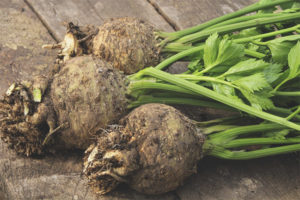
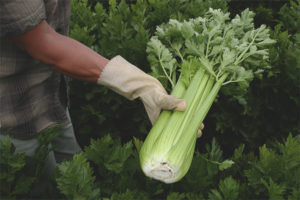

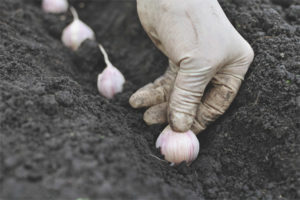
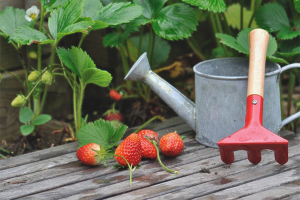

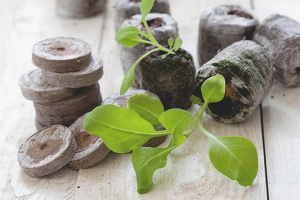
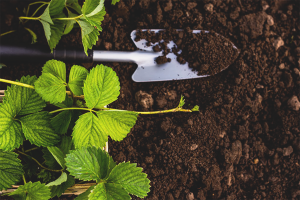
To send